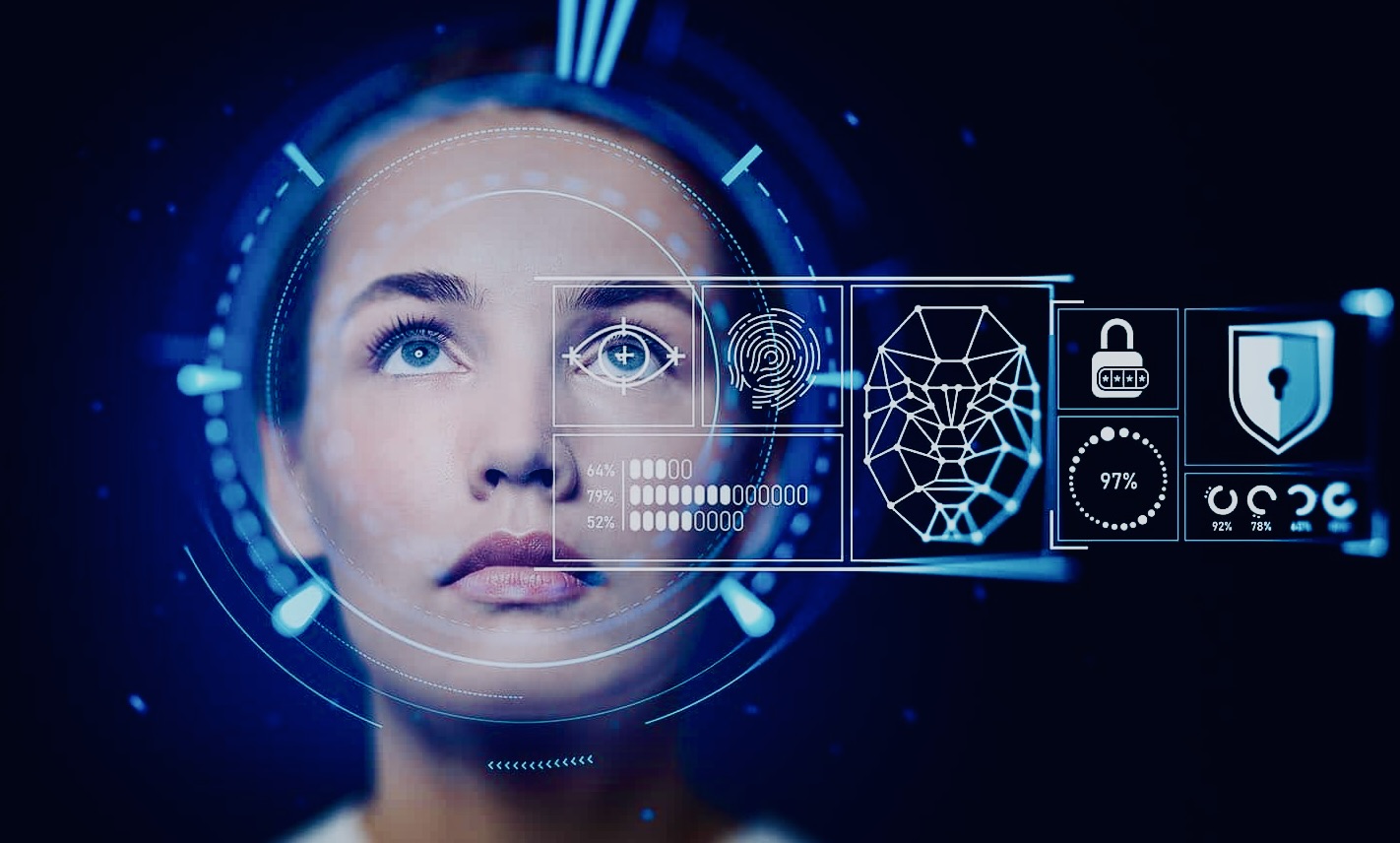In a transformative shift within the financial sector, leading financial and credit companies are increasingly embracing biometric technology, allowing customers to make transactions with a simple scan of their face or palm.
This innovation, poised to redefine consumer convenience and security, is gaining traction among major institutions and tech providers.
JPMorgan Chase, a prominent player in the financial industry, is spearheading the adoption of biometric payments. Collaborating with biometrics technology provider PopID, JPMorgan has conducted successful pilot programs, notably at the Formula 1 Crypto.com Miami Grand Prix and its own office cafeteria.
Trending: Joe Biden Confirms Illegals Will Be Voting
According to Prashant Sharma, JPMorgan’s executive director of biometrics and identity solutions, these pilots aim to enhance user experience by reducing checkout time and increasing loyalty through personalized interactions.
The technology, which has long been normalized in China and other Asian countries, is gaining in popularity on the other side of the Pacific, predominantly among younger generations.
The technological foundation of these biometric systems hinges on their ability to securely and accurately identify individuals. JPMorgan’s platform supports both face identification and palm-vein scanning. For instance, during the Grand Prix pilot, facial recognition was utilized, while the cafeteria pilot employed palm-vein scanning. The bank has emphasized the security advantages of biometric payments, asserting that such systems are inherently more secure than traditional card transactions, as biometric data is far harder to steal or replicate compared to physical cards.
JPMorgan’s biometric initiative is part of a broader omnichannel payments platform, integrating various payment methods including Tap to Pay, which allows mobile phones to accept contactless payments.
Trending: Trump Makes Surprise Decision In Trial, Frustrating Liberals
This integration underscores a comprehensive strategy to enhance payment security and user convenience, positioning biometrics as a key component of future retail transactions.
Beyond JPMorgan, other financial entities and tech companies are recognizing the potential of biometrics. PopID, for example, has been a significant advocate for biometric payments, implementing their technology in various dining establishments and now expanding to a broader array of merchants.
John Miller, CEO of PopID, notes that their goal is to provide a seamless and secure alternative to traditional payment methods like Apple Pay and Google Wallet. The company has processed over 100,000 PopID check-ins and 20,000 payments this year alone, demonstrating growing consumer acceptance.
The conservative outlook on this technological advancement highlights its alignment with enhancing security and efficiency in financial transactions. As Don Apgar from Javelin Strategy & Research points out, biometric payments reduce the risk of fraud and streamline the transaction process, offering substantial benefits to both consumers and merchants.
This perspective aligns with a broader trend towards integrating advanced security measures in financial services to protect consumer data and financial assets.
Trending: The Great Pandemic Walkback: Unveiling the Truth Behind COVID-19 Measures
Moreover, the push for biometric payments reflects a response to the increasing demand for faster, more convenient transaction methods. Steve May, CFO of Steak n Shake, which has adopted PopID’s technology across its U.S. locations, emphasizes the convenience and speed of biometric transactions, which can significantly enhance customer satisfaction and operational efficiency.

The implementation of biometric payments also addresses a critical need for robust security measures in the face of evolving cyber threats. As financial institutions and credit companies navigate the complexities of modern digital transactions, the incorporation of biometric authentication offers a promising solution to mitigate risks associated with traditional payment methods.
However, the adoption of this technology is not without its challenges. The initial cost of biometric hardware and the need for consumer education and engagement are significant hurdles. Despite these challenges, the long-term benefits of enhanced security and streamlined transactions make biometric payments a compelling proposition for the financial sector.
The move towards biometric payments by financial and credit companies marks a significant advancement in the evolution of payment systems. This shift promises to enhance transaction security, improve customer experience, and provide a competitive edge to early adopters in the financial industry. As this technology continues to develop and gain acceptance, it is likely to become a cornerstone of modern financial transactions, reflecting a broader trend towards integrating advanced security measures and personalized consumer interactions.
Sponsors:
Huge Spring Sale Underway On MyPillow Products
Use Promo Code FLS At Checkout
Inflation Buster: Freedom From High-Cost Cell Plans (50% off first month with promo code: FLS)
Freedom From High-Cost Cell Plans Same Phones, Same Numbers, Same Coverage For About Half The Price.
About The Author
Eric Thompson
Eric Thompson is a former US Marine, husband, father, follower of Christ, show host, opinion writer and a good driver based in Oklahoma.




